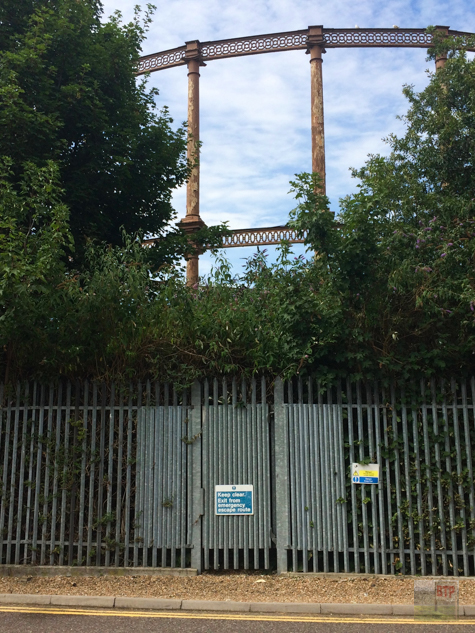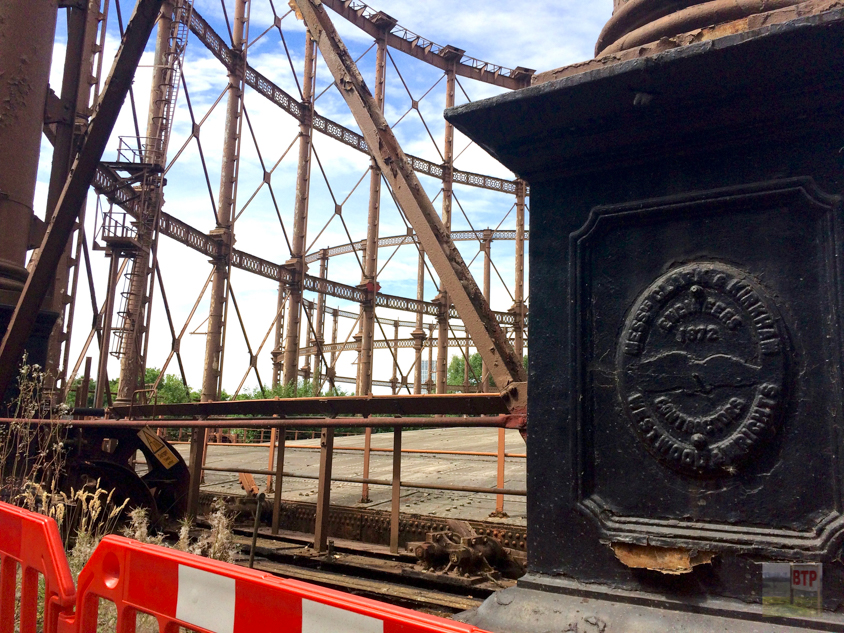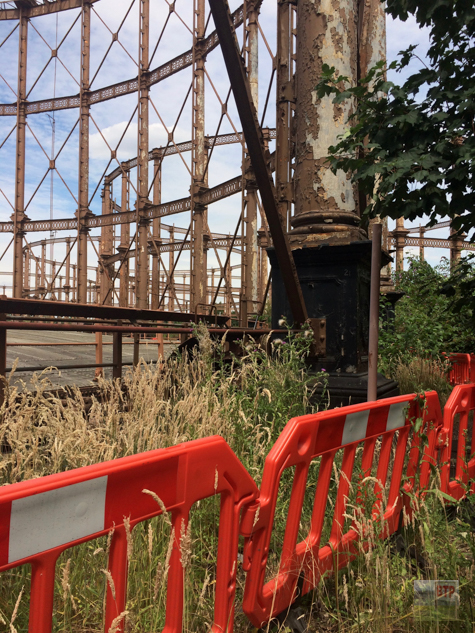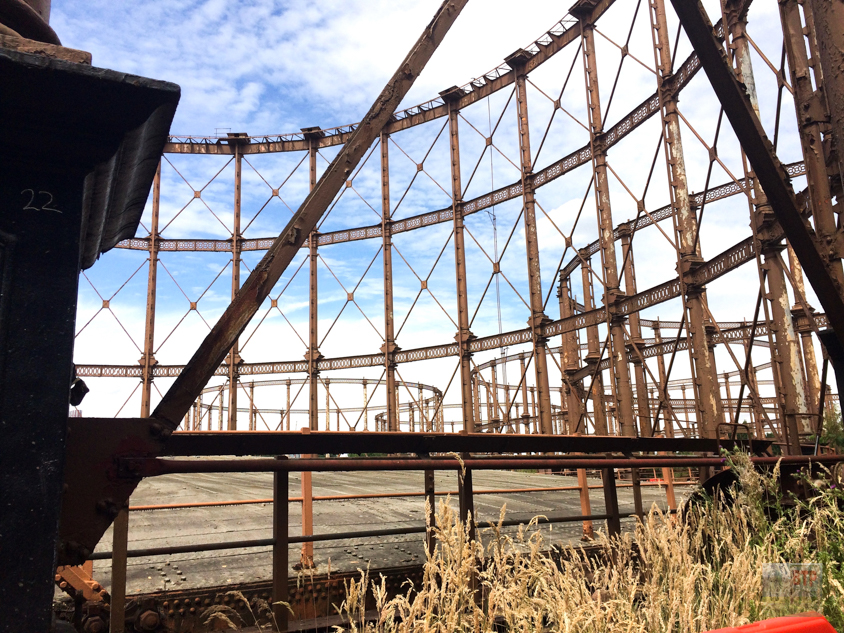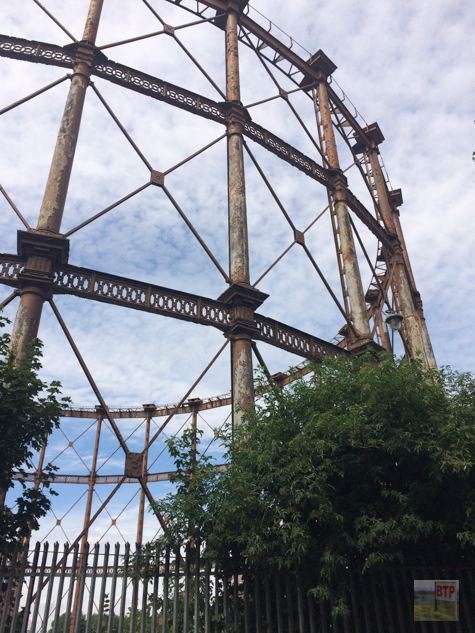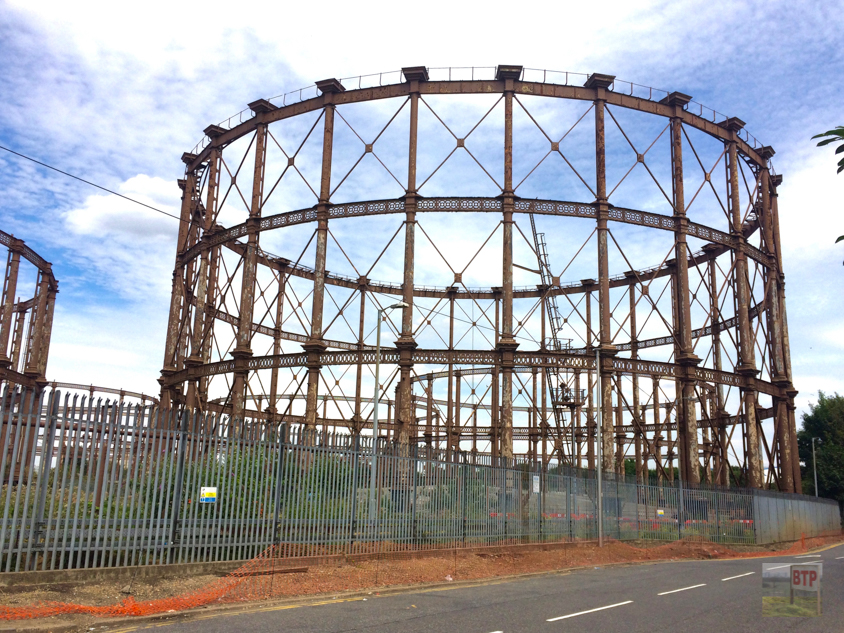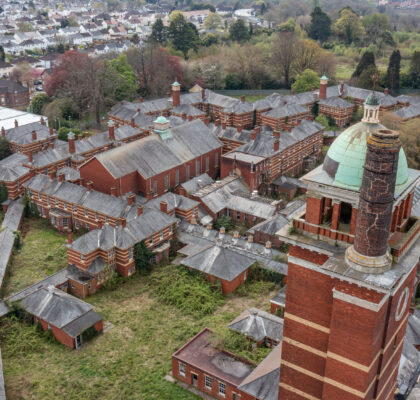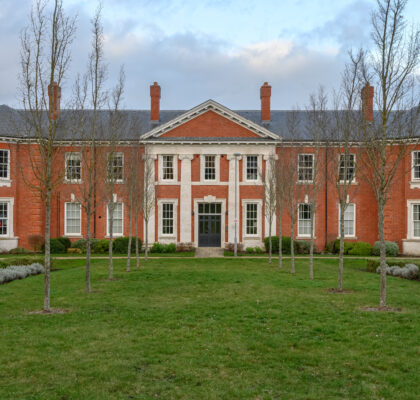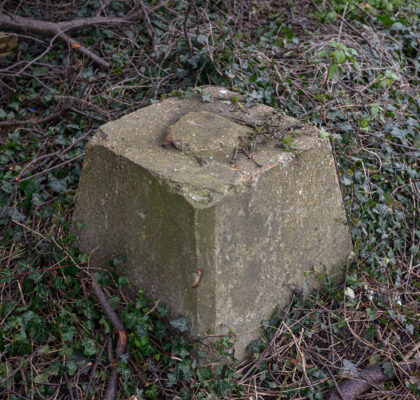Those of you who travel past West Ham station on the C2C train line will be familiar with the sight of Bromley-by-Bow gas containers. Upon closer inspection, you will see that these ugly industrial monstrosities are in fact works of art from the bygone era of the Industrial Revolution.
The first industry known to be built on this site was Congreve’s 14-acre rocket factory, founded by William Congreve who was an artillery officer, scientist, and inventor. His Congreve rockets far surpassed black powder military rockets of the time in their effectiveness. However, after long military service the Congreve rocket gave way to the successive Hale rocket in 1867. Between 1870 and 1873, Bromley-by-Bow gas works was built on the site of the factory by the Imperial Gas Company. The world’s largest gas works at Beckton overshadowed it, and soon Imperial at Bromley-by-Bow amalgamated with the Gas Light & Coke Company in 1875. At this time, gas was still emerging as a fuel source and was held with suspicion in popular culture – often believed to derive from the Devil.
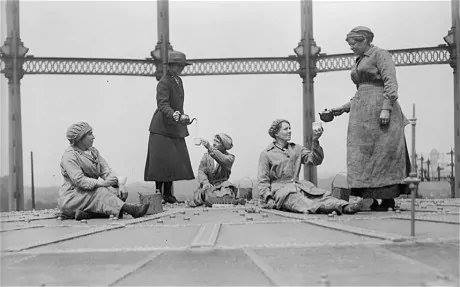
Today the works’ gasometers lie abandoned behind a steel fence, although they are visible from the roadside up close. Seven of the containers remain – complete with intricate ironwork in the style of neo-classical pillars. They showcase the impact the Industrial Revolution had on construction methods. The eighth container was destroyed by a bomb in the Second World War and all that remains is a water-filled pit where the container once sat. The gas containers were designed to rise out of the ground and up the metal frames as they became more full or empty with gas and began to float – like giant balloons.
Sources used:
A Heritage Walk – from Three Mills Island, Bromley-by-Bow, (Lee Valley Regional Park Authority, 2009).
This entry was posted in Location Report
